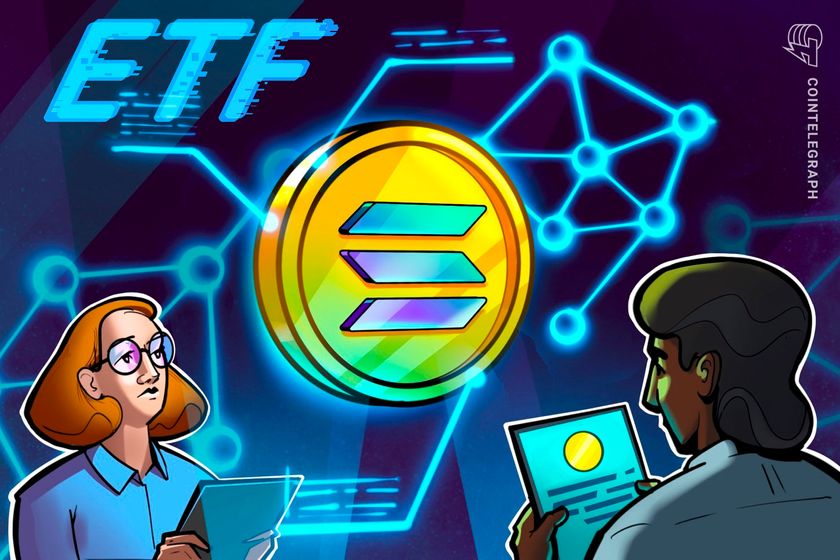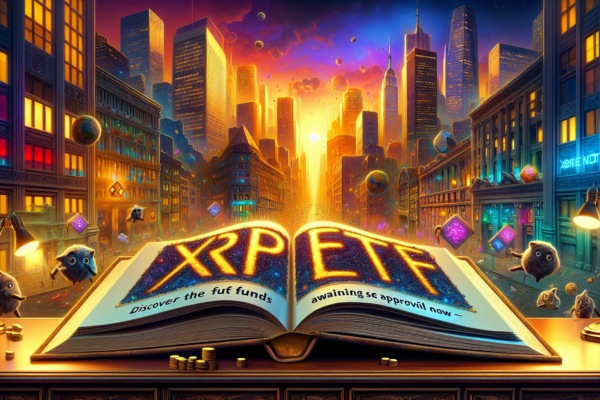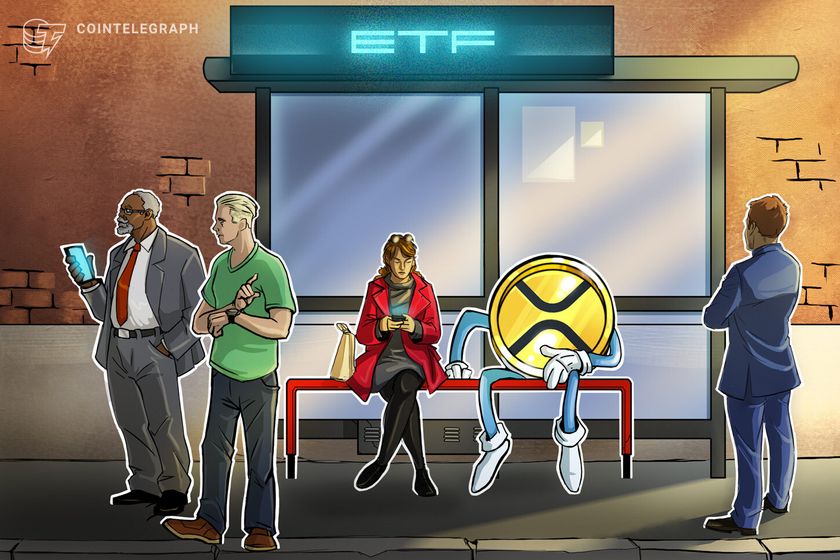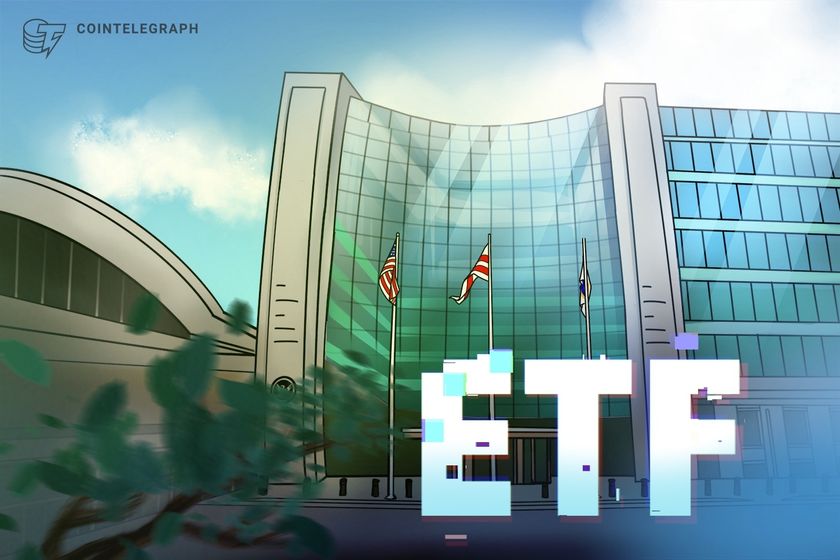
Ethereum Price Prediction: Is $1.6K the Bottom?


Ethereum’s native token, Ether (ETH), dropped below $2,000 on March 10, and the altcoin has struggled to regain a position above the psychological level.
While Bitcoin (BTC) and XRP (XRP) exhibited minor recoveries over the past 24 hours, Ether prices failed to display bullish momentum in the charts.
The altcoin plummeted to a multi-year low of $1,752 on March 11. However, onchain data and technical analysis indicate that the price could drop an additional 15% in the coming weeks.
Ethereum dips below realized price after 2 years
The current price deviation below $2,000 carried onchain implications for the altcoin. According to Glassnode, a data analytics platform, ETH dropped below its realized price of $2,054 for the first time since February 2023.
Ethereum realized price and MVRV. Source: X.com
ETH realized price calculates the average price of each ETH last moved, representing the average cost basis of the total circulating supply. The current drop below the realized price indicates widespread unrealized loss for all ETH holders.
The market value to realized value (MVRV) ratio also dropped to 0.93, indicating a 7% average loss for all ETH holders across the network. However, it is important to note that the realized price reflects the weighted average of all historical transactions. Hence, it encompasses the cost basis of every ETH holder, not a specific timeframe like 2023 to 2025.
Ethereum’s TVL chart. Source: DefiLlama
Meanwhile, Ethereum’s total value locked (TVL) dropped to a six-month low of $45.6 billion on March 12, down 41% from its peak of $77 billion on Dec. 17, 2024.
Additionally, the total fees users paid to use Ethereum fell to $46.28 million—the lowest level since July 2020—further signaling weakening network engagement.
Related: Starknet to settle on Bitcoin and Ethereum to unify the chains
Ether price between $1.6K-$1.9K is “attractive”
In a recent X post, Glassnode explained how Ethereum’s cost-basis distribution could be useful in identifying potential support levels for ETH. Based on a weekly outlook, Ether’s recent drop below $1,880 led to an accumulation of 600,000-700,000 ETH around $1,900. The post states,
“This suggests $1.9K could establish itself as a support if $ETH consolidates at current levels. Above spot, $2.2K (465K $ETH) is the potential next resistance. The supply gap between $1.9K and $2.2K remains thin, making a short-term move towards resistance plausible.”
Ethereum weekly analysis by Ninja. Source: X.com
At the same time, anonymous analyst Ninja believes that the floor price for Ethereum remains between $1,600 and $1,900.
The trader added that the above range is an “attractive region for commercial money” and set a high swing target at $2,500.
Related: Bitcoin whales hint at $80K ‘market rebound’ as Binance inflows cool
This article does not contain investment advice or recommendations. Every investment and trading move involves risk, and readers should conduct their own research when making a decision.


















